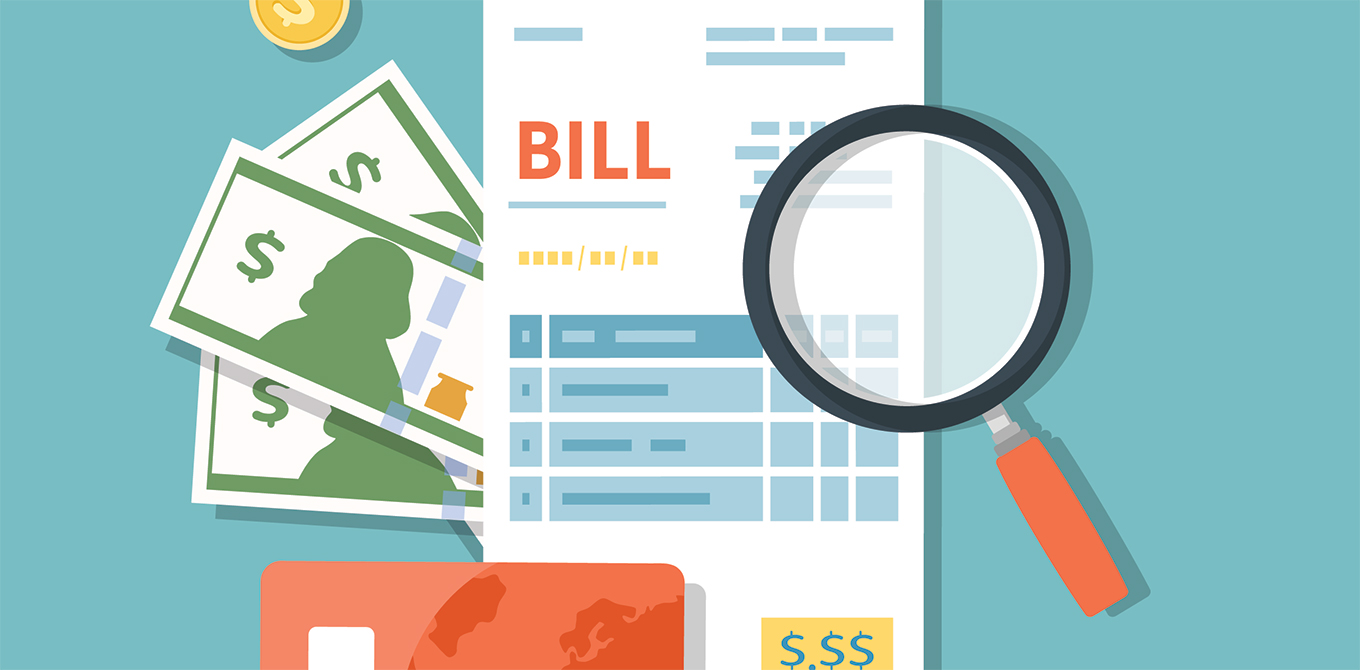5 simple steps to start saving
For many of us, saving money doesn't come naturally. About 55 million people, representing one-quarter of Americans, have no savings at all1. And 40 percent of Americans2 sometimes struggle to pay for basic needs such as food and housing, which means having savings is even more important.
Everyone knows you should save money— not only can your savings help you avoid depending on credit cards and other forms of debt in the event of unexpected expenses, but it can also help you reach your financial goals, like preparing for retirement or purchasing a car, a home, or an education. While tackling those huge goals can seem overwhelming it can actually be simpler than you think. Just start small and keep it simple. These five tips will help you reach those bigger goals, one step at a time.
1. Set one specific goal.
Rather than socking away money into a savings account, set specific goals for your savings. If you don't have an emergency account, start with a goal to save enough to cover a home repair, car repair, or other unplanned expense that you'll inevitably face. When you've reached that goal, set another—with the ultimate goal of saving about three-to-six-months' worth of expenses in an emergency account. Do this and you'll have a cushion in the event of a job loss or other unexpected event. Apply this same principal for any of your financial goals or aspirations. Looking to buy a house within the next year? Perhaps you’re getting married or want to take an extra special vacation. When you have a goal that you’re working toward, saving money becomes more satisfying and not another chore.
2. Budget for savings.
Just because you decide to save doesn't mean it's going to happen. If you're accustomed to spending your entire paycheck, changing that habit will take some planning. Ease into it by starting small – take the $5 you would normally spend on coffee and put it in an account. Each week up the amount until you’re saving about 10 to 15 % of your paycheck. If you don't have a budget or a spending plan, sit down and write one out. Just as you include a line item for each of your monthly bills, also include a line item for saving and don't allow yourself to spend it on anything else.
3. Make saving automatic.
It can be easy to forget to deposit money into your savings account each week or month — and it's also easy to spend it before you move it. Avoid both of those problems by setting up an automatic deposit from your paycheck into your savings account. You can also set up an automatic transfer from your checking account to your savings account to ensure that a certain amount is set aside each week or month.
4. Keep separate accounts.
If you think you'll be tempted to transfer your savings into your checking account, open a savings account at a different bank from where your accounts are located. If your savings aren't easily accessible, you're less likely to dip into them unnecessarily.
5. Monitor & watch it grow.
Keep track of your account and your progress toward your goal. It’s exciting to set a goal and see your hard work pay off as you build toward it. When you start seeing your savings account balance grow, it can be tempting to dip into it to pay bills or splurge on something you want. Commit to leaving the money there and using it only for emergencies or whatever financial goal it was intended.
Remember, getting started is the hardest part. Don’t worry whether you can put all of these tips into action. Every step is a huge step in the right direction. Your future self will thank you when you reach your goals and have your savings safety net.




